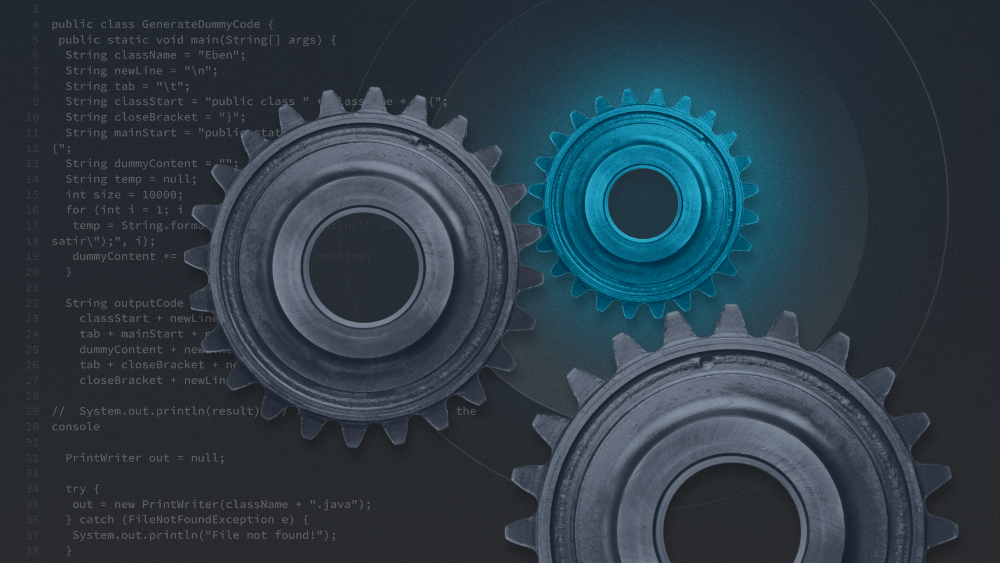The disruptive shift to remote work has made it challenging to access accurate information, keep track of trending conversations, or network and receive advice from industry leaders. A platform that showcases the people doing the hands-on work, specifically within the cloud security and application development industries, is needed now more than ever.
Prisma Cloud is excited to launch DevSecTalks — a series designed to provide development and security professionals a community to connect, learn, and share ideas in the cloud native security space.
My name is Cheryl Hung, and I am the former VP of Ecosystem for the Cloud Native Computing Foundation. In this pilot episode of the DevSecTalks series, I sat down with host Ashley Ward to discuss my trends and predictions for the future of cloud native security, as well as my thoughts on the use cases for Kubernetes for the edge.
What Is Cloud Native Computing?
Cloud native is an approach to designing, implementing, deploying, and operating applications while utilizing the products and services offered by cloud service providers. Cloud native computing deploys applications as microservices using open-source software in order to make scaling easier, while increasing the speed and flexibility of the development cycle.
What Is The Cloud Native Computing Foundation?
The Cloud Native Computing Foundation (CNCF) is home to many of the world’s fastest-growing open-source projects, with a mission to create and drive the adoption of cloud native computing. As part of the nonprofit Linux Foundation, CNCF is on a mission to foster and sustain an ecosystem of open source and vendor-neutral projects.
My primary role with CNCF was to look after the end-user community, especially companies that were adopting cloud native. I also had visibility into various projects that were in the works at CNCF, which provided me with a deeper understanding of shared company interests.
Cloud Transformation Moves Quickly – Three Categories of Cloud Native Trends
Cloud native is moving fast and increasing in complexity. One of the most common questions I receive is, “What’s coming next?”
There are three primary topics that accurately categorize my cloud native predictions: Tech, DevOps, and Ecosystems. My top trends and predictions stem from various conversations with co-workers, personal research, and my own professional experience in the industry. Here’s an overview of the top ones:
- Trends In Tech
- Although Go is known as the common cross-platform programming language for cloud native, Rust is quickly catching up as the prevalent language in 2021.
- Cross-cloud capabilities are gaining visibility, allowing organizations to securely share information across regions while adhering to the rules of data sharing.
- More cloud native projects are using WebAssembly and eBPF to enhance different environments for running containers and Kubernetes.
- There is a shift away from large, centralized data centers and closer towards edge computing architecture, in an adaptation of Kubernetes on the edge.
- Although Go is known as the common cross-platform programming language for cloud native, Rust is quickly catching up as the prevalent language in 2021.
- Trends In DevOps
- The GitOps framework is quickly increasing in popularity for taking DevOps best practices and applying them to infrastructure automation.
- Chaos Engineering, a new set of best practices created by Chaos Monkey, identifies failures before they become outages and validates what is happening inside of a system.
- The rise of FinOps, or Cloud Financial Operations, is enabling faster product delivery, while simultaneously gaining more financial control and predictability for organizations.
- The GitOps framework is quickly increasing in popularity for taking DevOps best practices and applying them to infrastructure automation.
- Trends in Ecosystems
- Centralized, pluggable developer portals, such as Backstage, are improving the cloud native experience and making the cloud native implementation process more efficient.
- Service Mesh infrastructures are being consolidated, resulting in a singular interoperable and standardized solution.
- Larger companies, such as Netflix and Spotify, are leaning into open-source projects and becoming leaders in the open-source space.
- Centralized, pluggable developer portals, such as Backstage, are improving the cloud native experience and making the cloud native implementation process more efficient.
What Is Kubernetes On The Edge?
Edge computing is an IT architecture where data is processed as close to the originating source as possible. Kubernetes, as an open-source ecosystem, is ideal for the edge due to scalability, adaptability, and multi-cloud capability. A Kubernetes container-based architecture helps organizations redirect towards developing and innovating software.
Some of the benefits of Kubernetes on the edge include being closer to the end user, providing a better user experience, and receiving a much faster user response. This means that millions of devices are able to run at the same time, making better use of their computing power.
Although there are no standardized solutions or best practices at the moment, it is still early days for Kubernetes on the edge, with lots of predicted growth to bring enterprise applications closer to data sources. I believe that there will be continued interest in this topic, as we are already starting to see some good movement with it in the industry.
How To Become A CNCF End User
Now that you are familiar with a few of the rising cloud native trends, I invite you to take the next step and maximize your open-source investment through strategic alignment with the Linux Foundation leadership.
Come and join our end user community! This is a vendor-neutral group with more than 145 participating organizations, including Apple and Shopify, who are using cloud native technologies to build their products and services.
These companies activate the community by sharing how they are deploying cloud native, any challenges they run into, how they overcome those challenges, and more. Visit our CNCF website to learn more about this opportunity.
Did you enjoy this episode of DevSecTalks? Visit our website and tune in to our other sessions to hear from more DevSec industry experts who are building the future of cloud native security.




